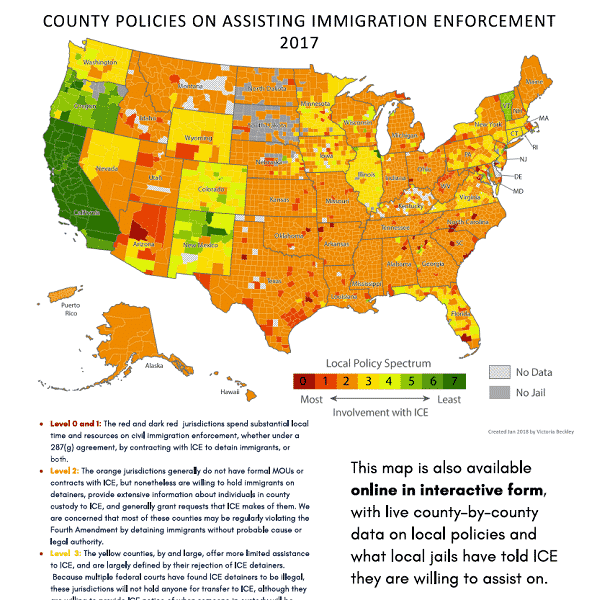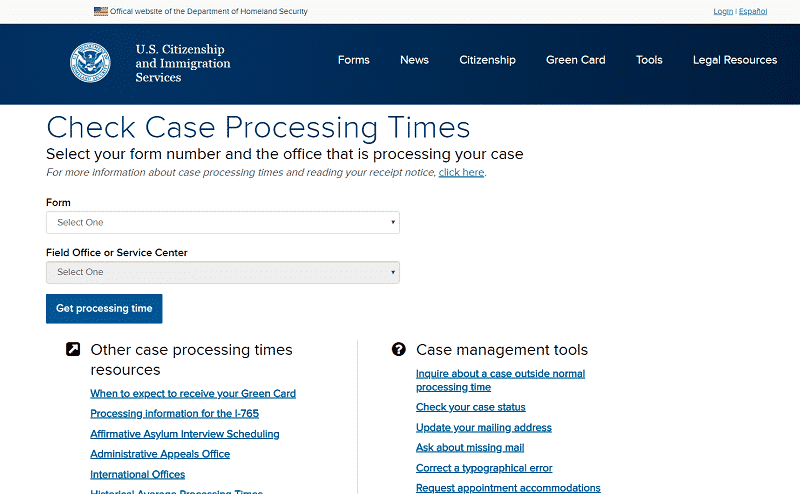How To Prove “Good Moral Character”?
For the purposes of immigration, the United States Citizenship and Immigration Services (USCIS) defines “good moral character” as “character which measures up to the standards of average citizens of the community in which the applicant resides“. A closer look at the Immigration and Nationality Act (INA) Section 101(b)(f), which forms the basis of the policy guidance, tells us everything that is not good moral character. In other words, USCIS has not clearly defined good moral character.
Whenever policy manuals lack a clear definition, it is up to you to prove you are worthy of discretion. The person who reviews your case, whether an officer or a judge, can exercise discretion. This means they have the power to decide in favor or against you. It is then up to you to provide enough evidence to convince them you are deserving of the benefit you desire.
Exceptions exist. For example, if you have been convicted of a crime, if you gamble for a living, if you are a “habitual drunkard”, or had an “extramarital affair which tended to destroy an existing marriage“.
If at this point you’re feeling pretty confident about your chances, note that the absence of something does not automatically mean the presence of something. The burden of proof is still on you.
Who needs to prove “Good Moral Character”?
Usually when we think of “good moral character”, we think of Legal Permanent Residents (green card holders) who want to naturalize and become U.S. citizens. If this is you, then be prepared to provide five years worth of history.
Other situations in which we’ve had to prove “good moral character” includes removal defense, e.g., if you want to qualify for Cancellation of Removal; extreme and unusual hardship waivers (I-601, I-212), Violence Against Women Act self-petitioners (VAWA, I-360), and any request for discretionary relief. We have prepared requests for discretionary relief with Requests for Joint Motions, Prosecutorial Discretion (PD), and in Immigration Court when we request the Immigration Judge to exercise PD and adjust our clients status in court.
There are certain instances when submitting evidence of good moral character does not help your case, e.g., late-filed asylum applications. If you’re not sure if you should provide proof of your good moral standing, consult an immigration attorney.
How do I prove I have a clean record?
If you know you have never been arrested or convicted of any crime, including DUIs, gambling mishaps, or domestic violence, then all you have to do is send in proof. You might think immigration is the government, and the government has all your records, but it doesn’t matter. The law states that you have to submit proof of your eligibility, which USCIS will cross-reference with government records.
To do this, we recommend our clients to obtain the following:
- An Federal Bureau of Investigation (FBI) background check;
- A clearance letter from every location you have lived in over the past 5 years (minimum).
An FBI background check request for personal use requires a simple form and your fingerprint “card” from a live scan location. If you google a local live scan location nearby and ask for an “FBI” background check, they know what to do. Some locations will even send the request in for you, but if not, you can fill out the form and mail it out with a money order or check. Keep in mind the FBI background check can take up to 12 weeks to process.
A “clearance letter”, sometimes referred to as a “police clearance letter”, used to be obtained from the local police department, but many departments, such as Los Angeles County, no longer provide them for USCIS purposes. Instead, you can obtain a “criminal clearance letter” certifying you have no criminal record from California Department of Justice (DOJ) by calling (916) 227-3822.
If you were living abroad, or are currently in a foreign country, you would need to obtain a Certificate of Non-criminal Record from your country of residence. The official Travel.State.Gov website lists the name of the necessary document from each country, and which agency to obtain it from.
How do I show old records?
If you have prior arrests or convictions, you will need to provide certified copies of all related documents. This could include police reports from the local precinct documenting the arrest, certified court records, expulsions, and documents verifying completion of parole or community service.
You must submit certified original copies of all documents.
How do I counter negative counts on my record?
When evaluating for discretion, the government weighs the negative against the positive. Imagine a scale where your negative history weighs three times more than each positive act. How can you even the scale?
It’s difficult, but not impossible (depending on your individual situation). We recommend you seek legal representation in assisting you to determine whether or not you are eligible for the relief you seek.
Without examining the details of your case, we can tell you that you would need to have done more good things, be a valuable member of your community, and provide more evidence than a person who does not have a negative history. These “good things” can include: formal declarations and witness testimonies from you, your friends/neighbors/clients/employers/colleagues, volunteer records, charitable contributions, community participation, and awards of recognition.
What can I do to prepare for future applications?
Now that you know that proving good moral character is not just about avoiding trouble, but also about proving you’re a good person. The problem many of our clients face is that it’s easy to get in trouble, and those records are usually readily available to be found, but evidence of good deeds often go unnoticed. Our clients don’t remember every fundraiser they participated in, are not formally in any organization, and feel embarrassed to ask for declarations from their community.
We know it’s difficult, and if it were our case, we’re not sure we would be able to meet USCIS’ 30 day deadlines either. However, if you know you want to naturalize one day, or you have that mishap that happened a long time ago, then let this be your reminder: start today. Don’t get your FBI criminal summaries and clearance letters just yet, but start keeping track of your time. Join organizations, make connections, participate in fundraisers, and volunteer on the holidays. Each time you volunteer, ask for a letter from the organization or fundraiser. When you leave a job, ask for a recommendation letter. Helped out a friend? Ask for a favor. Remember, the more diverse your proof, the less room for denial by discretion.
Do you still have questions on good moral character? Contact our experienced immigration lawyers today!





























 Graph credit:
Graph credit: